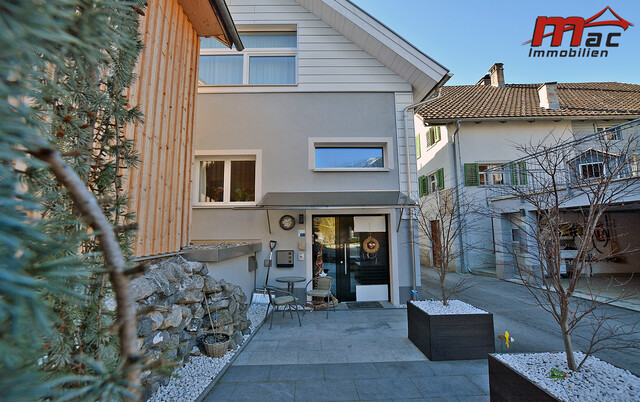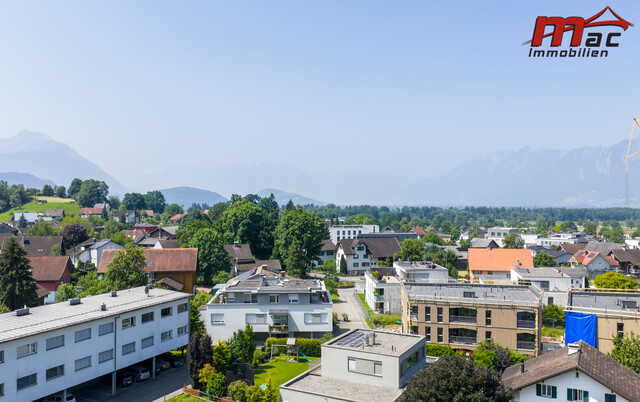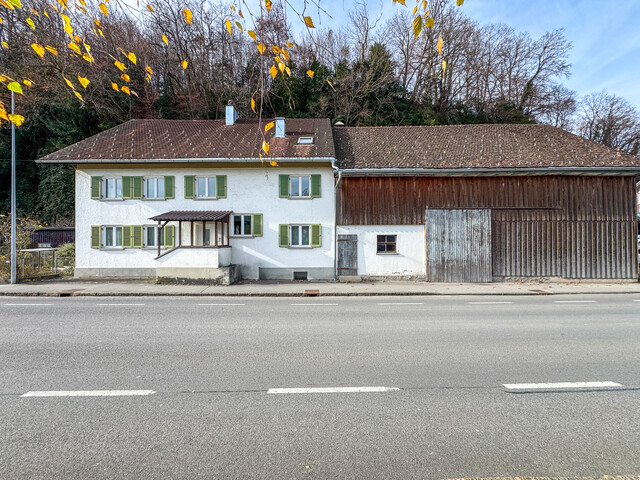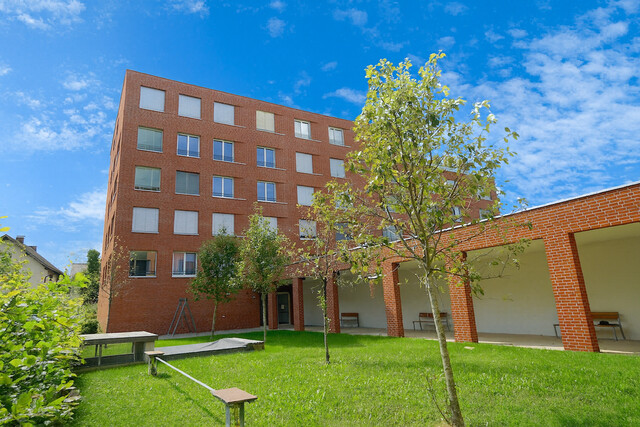So the Summer of 2025 Went from a Weather Perspective

This year's summer has made it into the top ten of measurement history in the preliminary climate balance of Geosphere Austria: In Austria's lowlands, it was the eighth warmest, and the seventh warmest in the mountains. While June and August were significantly too warm, too dry, and too sunny, July presented itself as relatively cool, wet, and cloudy, according to the balance for the meteorological summer of 2025.
June Even in Third Place
The three months brought significant temperature differences in total, starting with the third warmest June in measurement history, leading into a relatively cool and wet July. "Overall, the summer of 2025 brought more significantly warm phases than cool ones," summarized Geosphere climatologist Alexander Orlik. Considering the forecast for the last days of August, the summer of 2025 in Austria's lowlands is 1.1 degrees above the average of the climate period 1991 to 2020 and 1.4 degrees in the mountains. Compared to the climate period 1961-1990, which was not as strongly influenced by climate warming, the summer of 2025 is 2.9 degrees above the average in the lowlands and 3.1 degrees in the mountains.

The summer of 2025 is quite in line with the long-term trend of warming in recent decades. An average summer is now three degrees warmer than 40 years ago. The number of hot days (at least 30 degrees) was not as extreme as in the summers of 2003, 2015, and 2024, yet there were more of them than in an average summer of the recent past. "In altitudes below 500 meters above sea level, there were an average of 24 hot days in the summer of 2025. That is 50 percent more than in an average summer of the climate period 1991 to 2020," Orlik concluded. In altitudes from 500 to 1000 meters above sea level, the summer of 2025 brought an average of 16 hot days - 90 percent more than the average from 1991 to 2020. The number of summer days (at least 25 degrees) was also significantly above the average of the recent past.
Precipitation and Sunshine Hours
The precipitation balance of the summer of 2025 is somewhat too dry, considering the forecast for the last days of August, there was a nationwide evaluation of seven percent less precipitation than the long-term average. This balance consists of a very dry June and August (each about one-third less rain than the average) and a very wet July (plus 40 percent).
There are similar differences in the evaluation of sunshine hours: June was very sunny (plus 39 percent), July relatively cloudy (minus 27 percent), and August relatively sunny (in the preliminary evaluation plus 14 percent). In the evaluation of the entire meteorological summer of 2025, this results in a slightly too sunny summer (plus eight percent).
(APA/Red)
This article has been automatically translated, read the original article here.
Du hast einen Hinweis für uns? Oder einen Insider-Tipp, was bei dir in der Gegend gerade passiert? Dann melde dich bei uns, damit wir darüber berichten können.
Wir gehen allen Hinweisen nach, die wir erhalten. Und damit wir schon einen Vorgeschmack und einen guten Überblick bekommen, freuen wir uns über Fotos, Videos oder Texte. Einfach das Formular unten ausfüllen und schon landet dein Tipp bei uns in der Redaktion.
Alternativ kannst du uns direkt über WhatsApp kontaktieren: Zum WhatsApp Chat
Herzlichen Dank für deine Zusendung.








